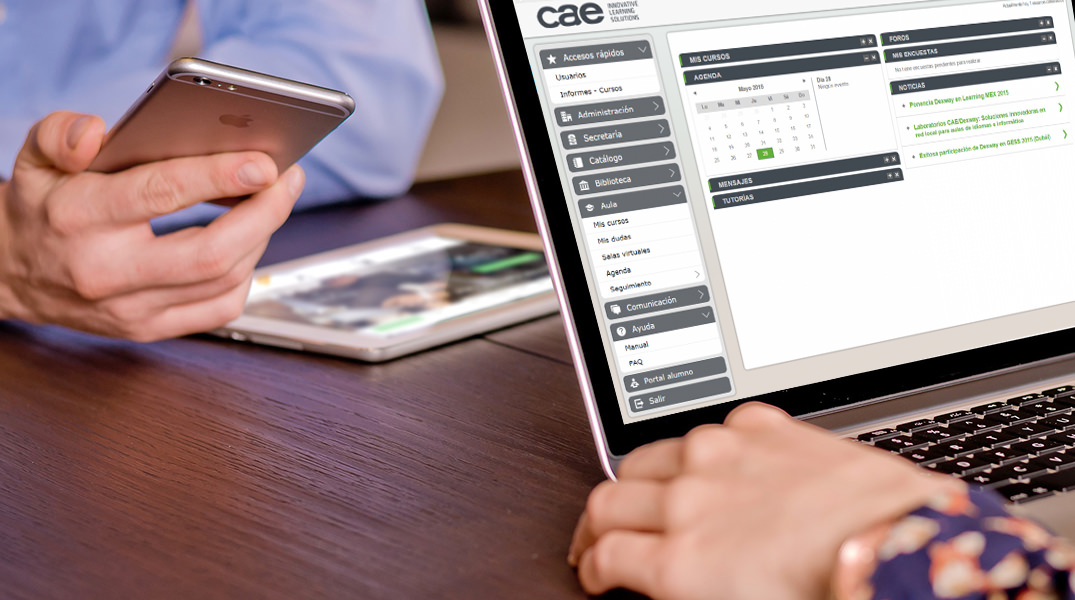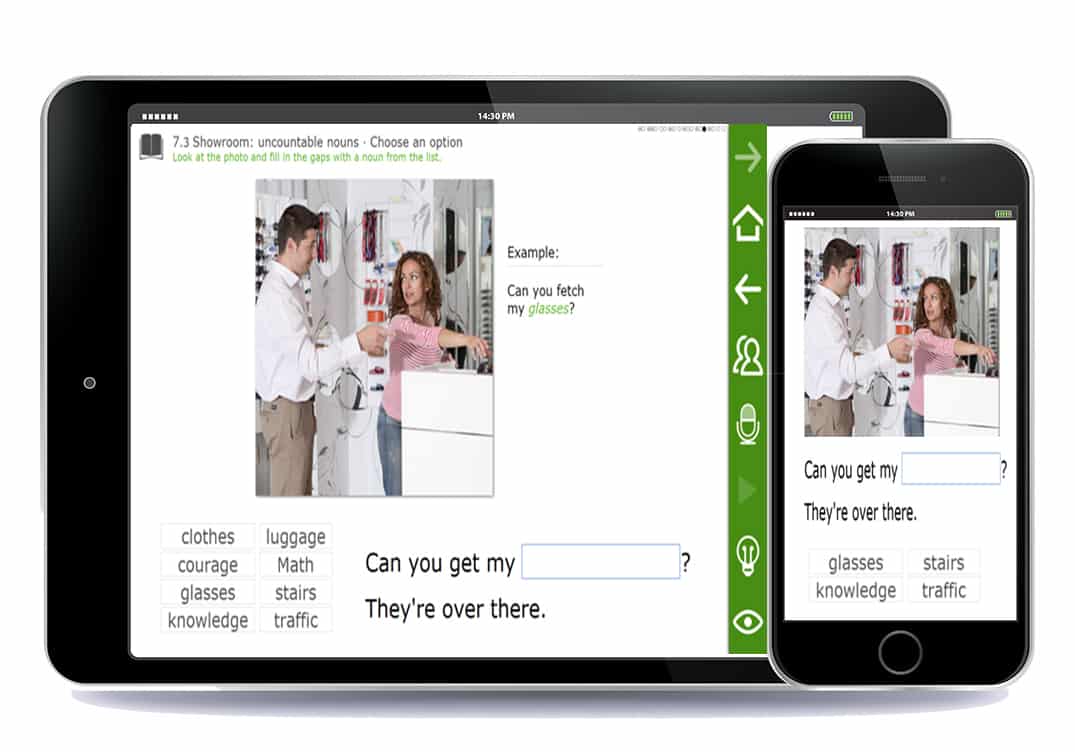The engine for the specialized teaching of languages through e-learning
We have reflected, on several occasions, on the impact of new technologies in terms of teaching through educational platforms. We have spoken of their ability to expedite the learning of languages, of the evolution in students’ study habits, in their motivation, in the empowerment of their abilities, socialization, collaboration, etc. Likewise, we have exposed the implications of these educational platforms for educational institutions in terms of prestige and the optimization of resources. But what about teachers? How do their jobs evolve? What are the advantages of e-learning for language professionals?
Today, we are going to try to answer those questions. In order to do so, we will discuss the factors that have transformed the traditional role of the tutor as a transmitter of content to a more professional role – someone who guides, helps, boosts, motivates, and focuses academic potential in order to facilitate the learning process and improve the quality of teaching.

The wide array of resources that a learning platform –or LMS (Learning Management System)– provides help to make the teacher the driving force of the course. To this end, it would be useful to highlight some tools designed to help manage the course and provide an innovative learning experience:
#1. Monitoring and assessment software
This allows professionals to analyze the students’ progress, as well as that of the group. It likewise allows for the detection of weaknesses, the determination of needs, and the reinforcement of weak areas during the face-to-face classes. All of this is thanks to the permanent availability of real-time assessment information.
#2. Solutions to support and promote interaction
The teacher must build confidence in the student from the beginning. To accomplish this, elearning puts a variety of communication resources at the teacher’s disposal to keep students from feeling as if they are alone with their learning objectives. For example, e-learning can encourage the use of a Frequently Asked Question (FAQ) system for technical or administrative matters, it can foster access to (and participation in) communities in order to clear up any questions students may have about the course, it can promote the sending of messages to the course tutor, speed up the flow of emails between students and teachers through individual or global management options (depending on the number of students), etc.
Communicative tools drive collaboration and participation. That is to say, the tools provided through e-learning solutions help to focus learning on practical elements by using a “learning by doing” approach, and they encourage the exchange of views by, for example, access to virtual classrooms. In these cases, students see, hear, and talk with other students through permanently accessible study groups
#3. Tools for content creation
The teacher can optimize the possibilities available via a LMS with standard SCORM by turning it into a LCMS (Learning Content Management System). This evolution is based on authoring tools that are suitable for the creation of SCORM materials. With these tools, teachers can create their own courses (options for interactivity and participation are multiplied by integrating virtual classrooms into the course). Teaches can generate questionnaires, design surveys for users to assess training, create materials from course groupings, write their own questions and exercises, and add custom tests to reinforce –and assess– specific course content and to expand upon the exercises that are included by default in the course.
In short, e-learning gives the language teacher options that guarantee full language immersion and give learning a certain “ad hoc” nature with which students can fully identify. Thus, the chances of success are multiplied.
#4. Language labs
The closeness provided by traditional face-to-face classes allows the teacher to correct students and answer questions on the fly. This ability brings rhythm and flow to classes; it facilitates direct communication and, therefore, collaborative learning. What do these resources mean for the teacher? How do they improve the teacher’s professional life? We could answer that question in the following way…

The seven advantages of e-learning platforms for language teachers
#1 Saving time
A LMS that includes all the materials, activities, and content in a structured way allows teachers to save time. Thus, teachers can optimize the use of their time, helping them to stay fully engaged and committed to providing a learning experience that is enriching and that meets the objectives of the course.
#2 Prestige, recognition
An educational platform that facilitates constant updating and growth gives the teacher more innovative pedagogical materials with which to work. This can help teachers to offer an enjoyable, different, enriching learning experience that results in positive remarks about the course.
#3 Closeness, trust, accessibility
A LMS designed for language learning promotes student/teacher dynamics. It encourages active learning in the classroom – a context in which the teacher is especially accessible to the group as a form of support rather than as an “evaluator.”
#4 Fulfillment of objectives (success)
With an educational platform, the objectives become much more viable as students have a wide array of specific resources to strengthen their language level outside of the classroom.
#5 Efficiency and certainty when making decisions
The monitoring and evaluation tools offered by an advanced LMS help the teacher to make accurate decisions. To this end, it is crucial to have detailed information in real-time in order to reduce the margin of error when analyzing student needs.
#6 Individualized instruction
The versatility of a high-end LMS allows the teacher to adapt the contents to the pedagogical situation and/or the specific needs of the student.
#7 Motivation
The diversity of e-learning tools facilitates dynamic learning that is entertaining and has several alternatives. This helps to prevent routine processes and improves teacher motivation. As a result, a high degree of dedication is maintained in terms of teaching quality.
These things are only possible if academies and language centers turn to innovative e-learning platforms. That is to say, LMS that are able to adapt the most advanced and effective learning processes to the characteristics of each training company and the needs of their students. To this end, Dexway –the language division at CAE (Computer Aided E-learning)– has the prestige and backing that comes with being a leader in the e-learning sector, as well as the trust of more than 2.5 million students who have received our training around the world.
You may be interested in:

